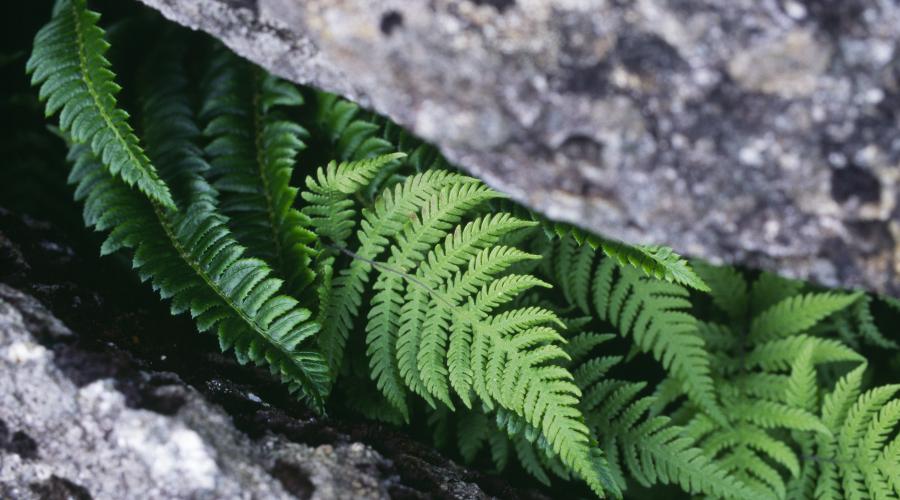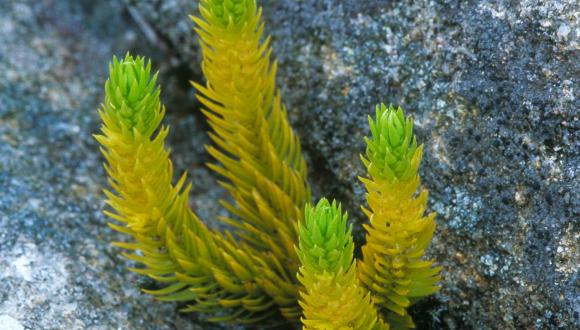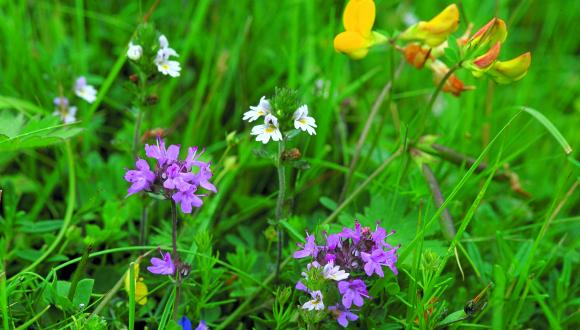
Ferns
From large-fronded species to filmy ferns easily mistaken for mosses and liverworts, Scotland's ferns come in all shapes and sizes.
Much smaller species find homes in:
- grasslands
- rock crevices
- walls
- mountain ledges
These include the:
- tiny and unusual moonwort – a plant of meadows and upland grassland
- common but easily overlooked wall rue – found on mortared walls in our cities
Filmy ferns are so small they’re often mistaken for the mosses and liverworts that they grow alongside in the west of Scotland’s very damp woods and hills.
Close relations to ferns found in Scotland include clubmosses and horsetails.
Fashion for ferns
Ferns share many of the characteristics of flowering plants, though they lack actual flowers. Similarities include upright stems, which transport water in specialised tissues.
Their delicate and unusual leaves made ferns highly prized by Victorian gardeners. This fern craze led to populations of some native species being plundered to such levels that they’ve been rare and endangered ever since.
Protecting our ferns
Some of our ferns are rare and in some cases declining.
Alpine Lady-fern is disappearing from some sites as the late snow lie that it relies on to protect it from frost no longer occurs in our changing climate.
Oblong woodsia suffered from over-collecting in Victorian times and now the tiny, isolated populations are vulnerable and dwindling. To help reverse this decline, new plants raised from Royal Botanic Garden Edinburgh collections have been successfully transplanted back into the wild.
Read our guidance for planners and developers.
How you can help ferns
- Make space in your garden for ferns to establish by creating damp shaded corners and rocky habitats.
- Resist the temptation to transplant ferns from the wild.
- If you grow non-native fern species, make sure they don’t spread beyond your garden.
- Take care when repairing walls where ferns grow – smaller ferns often establish in cracks and crevices in old walls, especially in lime mortar.
- Meet up with local experts to learn about ferns and help us to better understand where they’re found.
Both the Botanical Society of Britain & Ireland and the British Pteridological Society have members with specialist fern knowledge.





